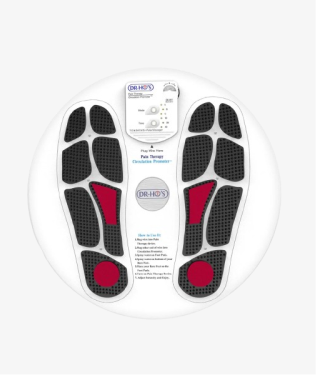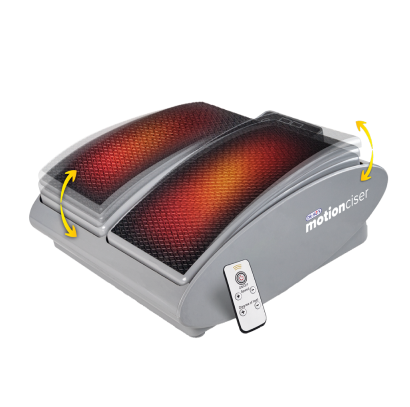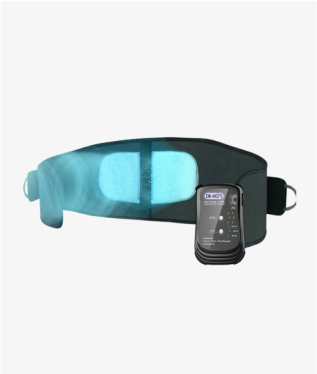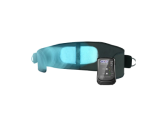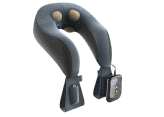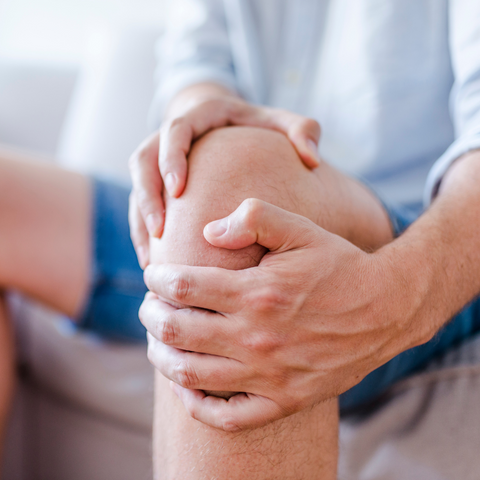Dealing with knee pain? You’re not alone. People of all ages can experience knee pain due to a variety of causes and injuries. Although everyone experiences it differently, it’s undeniable that knee pain can be intrusive in your daily life, goals, overall lifestyle and outlook — knee pain is more than just a physical ailment.
Finding ways to manage and relieve your knee pain are important in helping you live a healthy, happy lifestyle. While you may not be able to “cure” your pain for good, there are strategies that can help you work through the pain and keep it at bay. More specifically, physical therapy for knee pain can help you reduce your discomfort and gain more mobility. Keep reading to learn more about causes of knee pain and why physical therapy is an important step in addressing it.
What are some of the causes of Knee Pain?
Underlying conditions, injuries or repetitive motions can be the source of your knee pain. Although risk factors include age and obesity, anyone can experience knee pain. Some common causes of knee pain include:
- Arthritis: Though there are many different types of arthritis that can affect the knee, the most common is known as Osteoarthritis. Osteoarthritis is a degenerative joint disease where cartilage breaks down over time, causing the bones in the knee joint to rub together. This can cause significant pain and swelling in the knee joint.
- Injuries: Injuries to the knee including an ACL tear, dislocation, fracture or meniscus tear can cause knee pain.
- Bursitis: Inflammation of the bursae in the knee can cause knee joint pain, making it difficult for the joint to move smoothly.
- Patellar Tendonitis & Patellofemoral Pain Syndrome: Two conditions that are often found in athletes. Patellar tendonitis refers to inflammation of the large tendon that connects the kneecap to the shinbone. Patellofemoral pain syndrome usually feels like a dull ache under the kneecap as cartilage wears away from vigorous activity.

Why try physical therapy for Knee Pain?
With permission from your doctor, use physical therapy techniques in your routine for the following reasons:
1. Physical therapy helps with pain management: Physical therapy can be effective in your pain management routine to help keep pain out of the way and to get you up and moving again.
2. Physical therapy can help prevent future injuries: Strengthening your most vulnerable, pain-affected areas can help you avoid injuries from stiffness, weakness and muscle deconditioning.
3. Physical therapy can improve balance and strength: Your balance and strength can be affected by having to reduce your mobility due to pain. Physical therapy can help you regain muscle strength, flexibility and coordination.
4. Physical therapy is natural and drug-free: Physical therapy can be a safe, long-term part of your routine that has no unwanted side effects.
Strengthening Exercises for Knee Pain
Start conditioning the muscles that surround and support your knee joints with these 3 physical therapy exercises for knee pain.
1. Side Leg Raise
Lie on one side with your legs stacked horizontally. Bend the bottom leg for support. Straighten the top leg and raise it to a 45-degree angle. For a deeper stretch, point the toe. Hold this position for 5 seconds then lower the leg and relax briefly. Repeat this exercise 10-15 times on each leg.
2. Wall Squats
With your back against a wall for support and with your feet shoulder width apart, slowly bend your knees into a chair position. Hold this pose for 5-10 seconds before taking a break. Repeat the exercise and try to hold the position for longer each time.
3. Calf Raises
Position your feet on a step-up bench or on a stair step, holding on to something for support. Slowly raise your heels as high as you can, then lower them. Increase the difficulty by standing on one leg at a time. Repeat this move 10-15 times.

TENS & EMS Therapy for Knee Pain
TENS (Transcutaneous Electrical Nerve Stimulation) and EMS (Electrical Muscle Stimulation) offer a different kind of physical therapy that works to target pain directly through stimulation.
Here’s how it works: TENS is a versatile, natural pain therapy that is found in DR-HO’S devices like the Pain Therapy System 4-Pad. It works to deliver gentle electric currents through the nervous system via pads that can be placed anywhere on the body to temporarily stop pain signals from reaching the brain.
TENS works in conjunction with EMS to target the muscles as well as the nerves. EMS stimulates the muscles by contracting and releasing them wherever body pads are placed to soothe soreness and improve circulation. Better circulation in the muscles can help address stiffness and facilitate muscle recovery.
TENS & EMS can offer knee pain sufferers a meaningful addition to their pain management routine with effective, temporary pain relief that they can count on every time.

Curious about TENS & EMS for knee pain? Learn more here:

Hot & Cold Therapies for Knee Pain
Both hot and cold physical therapies can be beneficial for knee pain; keep reading to learn more about them both to find out which form of therapy may be best for you.
Cold therapy works by reducing blood flow to the knee and reducing nerve activity, helping to numb the sensations of pain. Apply something cold in the form of a cream, pad or ice pack to target swelling, inflammation and sharp pain. This form of therapy may be best for:
- Arthritis
- Bursitis
- New injuries including tears and fractures
Heat therapy can improve local circulation, promote tissue healing and improve muscle flexibility. Apply something warm to the knee in the form of a cream or hot towel, or visit a sauna or hot tub for an experience that’s both relieving and relaxing. This form of therapy may be best for:
- Athletes
- Muscle recovery after strenuous activity
To ensure safety, never apply ice or burning temperatures directly on the skin. Once you are comfortable with the temperature, apply it to the pain-affected area for no more than 20-minutes at a time.
Take steps today to feel better tomorrow.
We hope that this information on physical therapy for knee pain helps you understand your pain better, and start feeling more like yourself sooner. Use our practical tips in your daily routine to keep pain at bay so you can get moving and do the things you love again!



